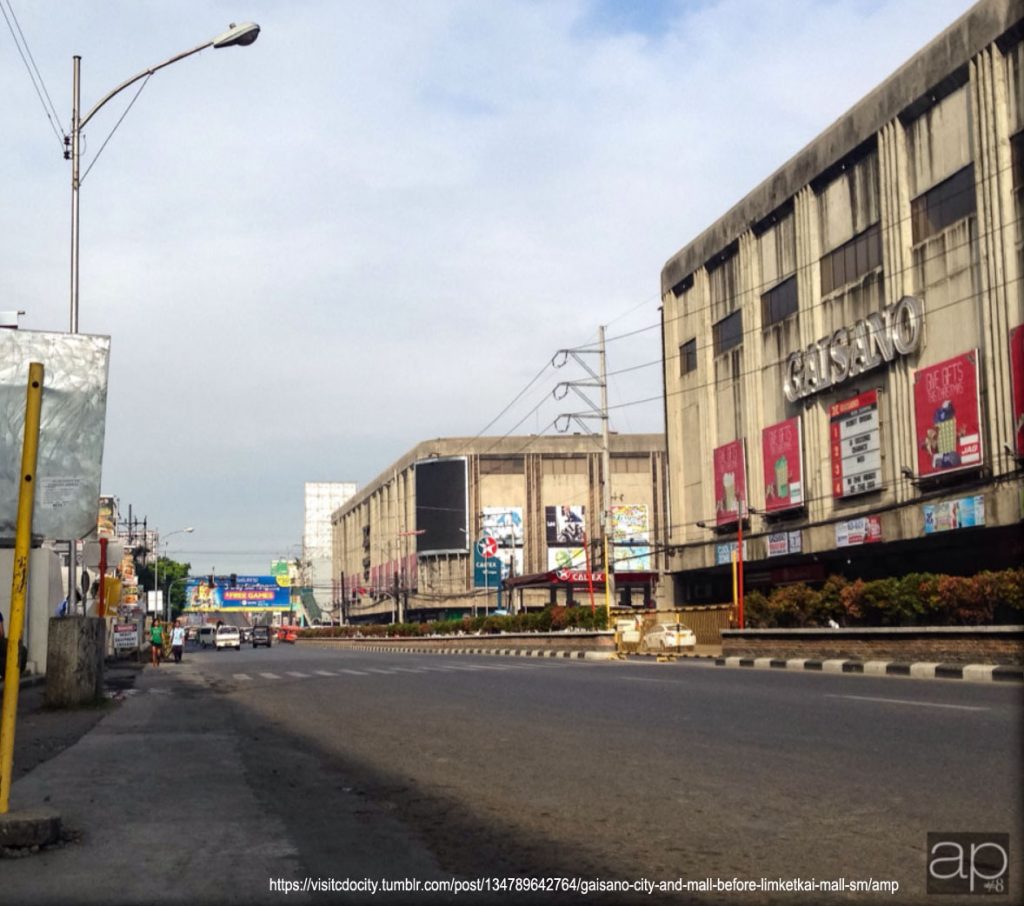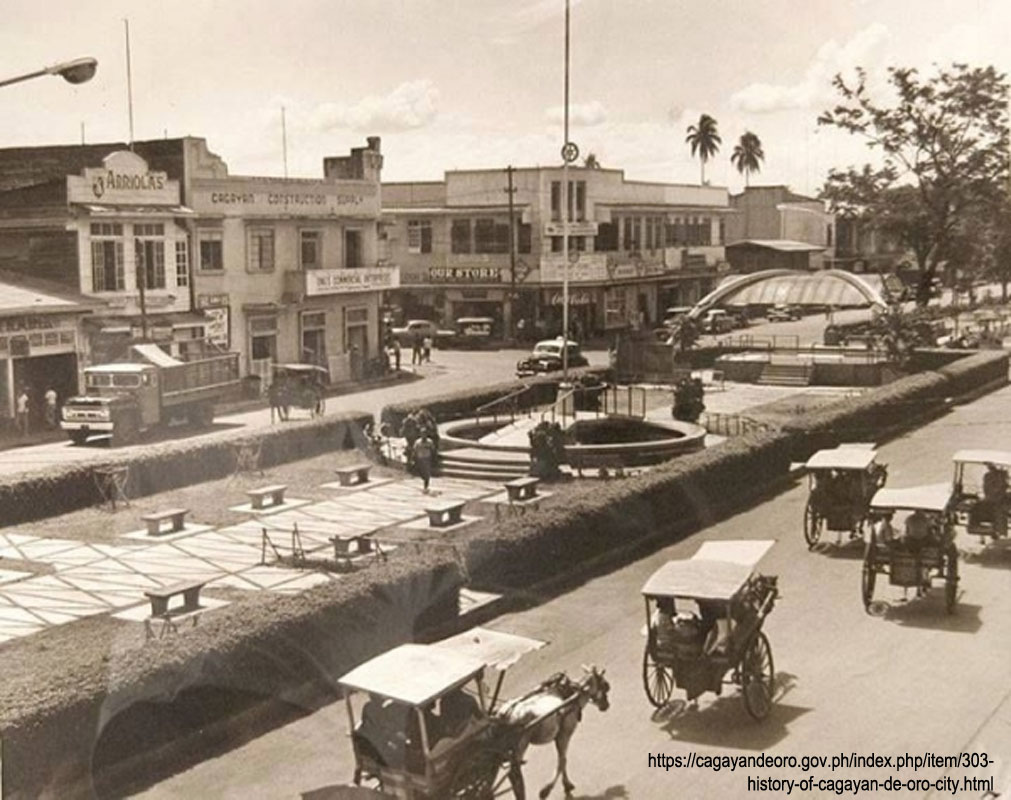First published in Tulay, Monthly Chinese-Filipino Digest 2, no. 5 (October 22, 1989): 5.
Up to the first half of this century, there were few Chinese families in Cagayan de Oro, and most of them were engaged in the retail and wholesale trade.
According to A History of Cagayan de Oro: 1622-1901 (Mardomo Lao, 1980), there were only three Chinese in Cagayan town up to 1863. This number grew to 55 in 1893.
Among the most well-known of them were Uy Guinyo, Tan In Suy, Toribio Yuco, Sia lgua and Lim Tiongcon.
Only one of the original Chinese merchants has left a lasting landmark in the heart of the city in the form of an old brick stone on the northeast corner of A. Velez and Mons. Hayes streets.
At present [1989], the three Chinese accounted for in 1863 have grown into a community of some 150 families with an average of eight to 10 members each.
The pioneer Chinese businessmen in Cagayan de Oro had been accommodated by the community town folks and regarded as ready supplier of goods on cash or credit. The Chinese in turn considered their customers as regular patrons, mutually using the friendly term suki.

This camaraderie which also grew out of the relationship between the landlord and the Chinese businessman tenant who rented his business premises further developed into enduring friendship, which sometimes resulted in the outright purchase of the property by the especially if it is located in the town proper.
Some of these property purchases began as mortgage or with prenda for an indefinite term, that is, money is advanced to the lot-owner with understanding that between close friends the property can be redeemed at some future time, when the lot-owner could return the cash advanced.
More often than not, the lot-owner finally had to sell the lot because of his inability to pay back the loan. The more affluent landlords held on to their properties and indirectly influenced the rise in prices of commodities and services because of the high rentals they charge for the business premises.
Prior to 1975, most of the Chinese could not own land because the law prohibits aliens from owning land in the country. There were some purchases questioned by heirs of the sellers, and the buyers were always the losers.
In 1975, just before diplomatic relations with the People’s Republic of China was established, former President Marcos promulgated an easy access to Filipino citizenship by administrative means. A large number of alien Chinese became Filipino citizens.
Long deprived of the right to own land, a frantic rush to buy real estate ensued right after citizenship was acquired. This was the first wave of frenetic real estate buy-and-sell activity, serving to jack up real estate prices which were in the doldrums before.

Coming to more recent times, the second wave of real estate boom is very much evident. At the city’s busiest trading center, there are only about 20 Filipinos among the hundreds of lot owners.
Leading the new real estate developers are the Gaisanos with the almost finished one-half hectare Gaisano super department store and the ongoing 800 sqm. OroRama complex.
The Lim family have their twin-cinema and recreation hall, being put up by Limbonhai and Sons. There is also the long-term plan for a small city within the city to be known as the Limketkai Center with its tall narra trees banking all cemented roads.
Don Limketkai is an institution in Cagayan dc Oro City. He is known to be one of the outstanding business pioneers and philanthropists of the city. In his memory, Limketkai and Sons constructed the Don Limketkai Drive at a cost of P1.4 million and donated it to the city.
“Building roads and bridges” is a long-practiced Chinese tradition of public-spiritedness.
All these busy activities cause the spiraling of real estate prices so that nowadays, “current market prices” do not exist. Price fluctuates depending on the urgency of the buyers’ need and the reluctance of the property owners to sell.
Again, the Chinese are in the forefront of this boom showing the general confidence of Chinese businessmen on the future of Cagayan de Oro in particular, and on the whole country in general.
